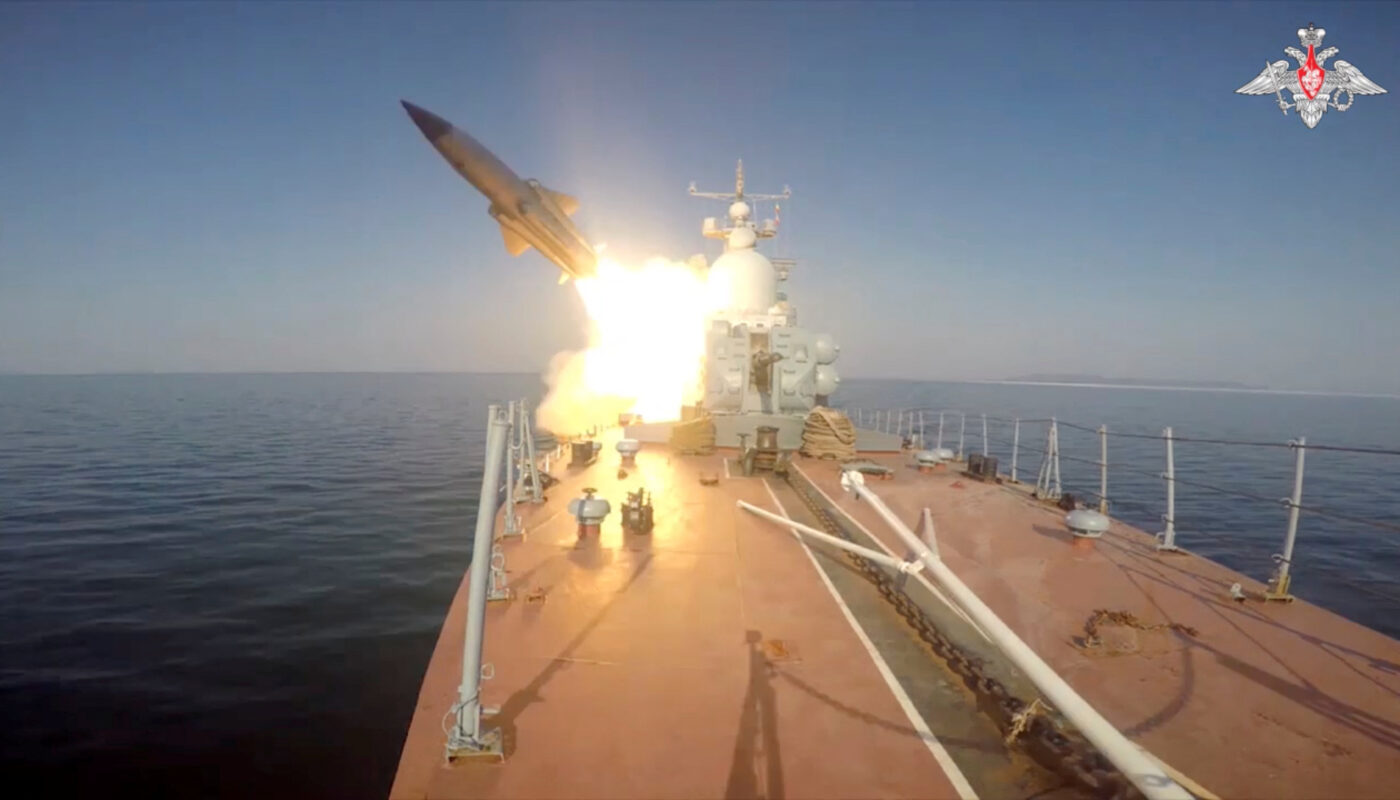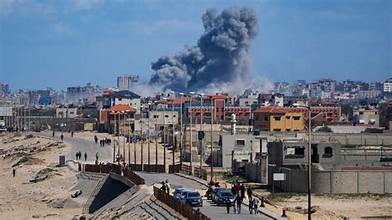In a dramatic and unsettling turn of events, Russia’s latest doomsday missile—a weapon allegedly designed to obliterate the United States in the event of a nuclear confrontation—has ended in disaster. The much-hyped missile, which Russian state media had previously hailed as a technological marvel capable of global devastation, reportedly exploded during testing. This catastrophic failure has raised serious questions about the reliability of Russia’s strategic arsenal, its ongoing arms race with the West, and the future of global nuclear stability.
A Weapon of Mass Destruction
The missile in question, believed to be a prototype of the RS-28 Sarmat (NATO reporting name: “Satan II”), was touted by the Kremlin as a “superweapon.” Weighing over 200 tons and with the ability to carry multiple nuclear warheads—each independently targetable—the Sarmat was designed to evade existing missile defense systems and strike any location on Earth within minutes. It is part of a broader suite of weapons unveiled by President Vladimir Putin in recent years to signal Russia’s return to superpower military status.
Putin himself had once declared the missile “invincible,” citing its ability to deliver devastating payloads across the globe, even through unconventional trajectories like over the South Pole. Such a feature would allow the missile to bypass missile shields positioned in the northern hemisphere, primarily those set up by the United States and NATO allies.
The Explosion That Changed the Narrative
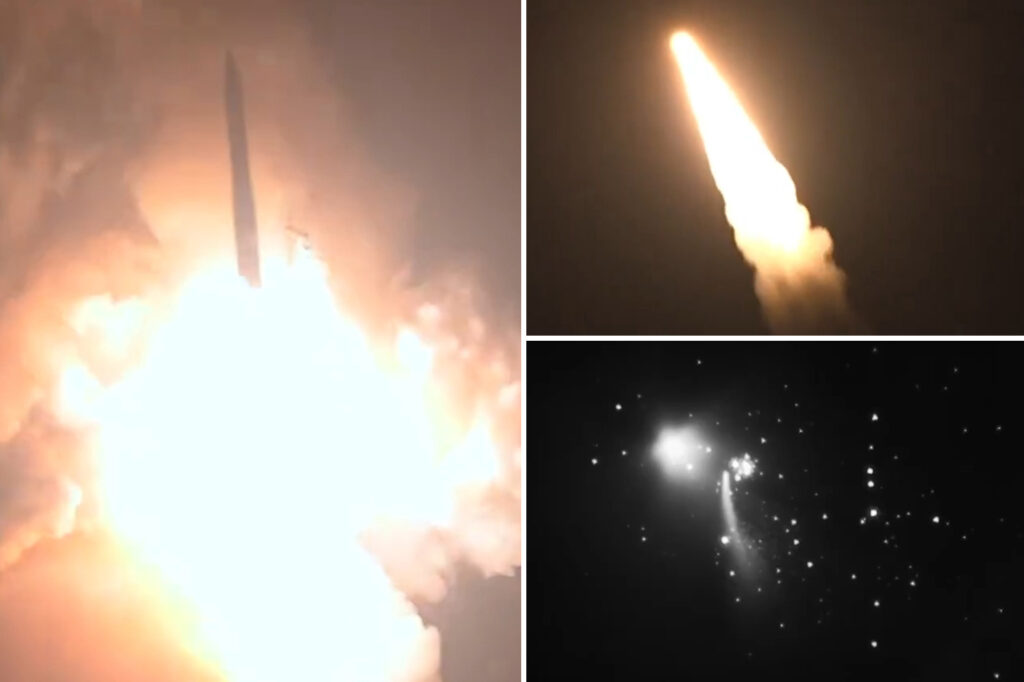
However, this grand narrative of invincibility was shattered when the missile reportedly exploded during a test at a military facility in northern Russia. While the Kremlin has yet to officially confirm all details, sources close to Western intelligence and independent analysts believe that the explosion was both massive and unexpected, causing considerable damage to the testing site and potentially harming personnel.
Satellite imagery and seismic data from the region indicated a significant blast, and speculation grew that radioactive material may have been involved, given the nature of the missile’s payload and propulsion system. Eyewitness reports from nearby areas described a fireball lighting up the sky and emergency teams swiftly moving into the area—an indication of the seriousness of the incident.
This failure is not just a technical mishap; it’s a geopolitical embarrassment. For a missile system meant to be a linchpin in Russia’s nuclear deterrent strategy, such a public failure severely undermines its credibility.
Technical Risks and Strategic Implications
The Sarmat missile was already controversial due to its design complexities and ambitious capabilities. Experts had long debated whether Russia could deliver on the promises made about the missile’s speed, range, and payload capacity. This explosion now validates some of those concerns, exposing potential flaws in the engineering or testing phases.
Beyond the technical implications, this failure may shift the strategic balance in global military circles. While the West, particularly the U.S., has its own arsenal of advanced weaponry and missile defense systems, it now has reason to question the operational readiness of Russia’s most fearsome weapons. This could influence diplomatic negotiations, arms control talks, and even public policy around nuclear preparedness and deterrence.
A Blow to Russian Prestige
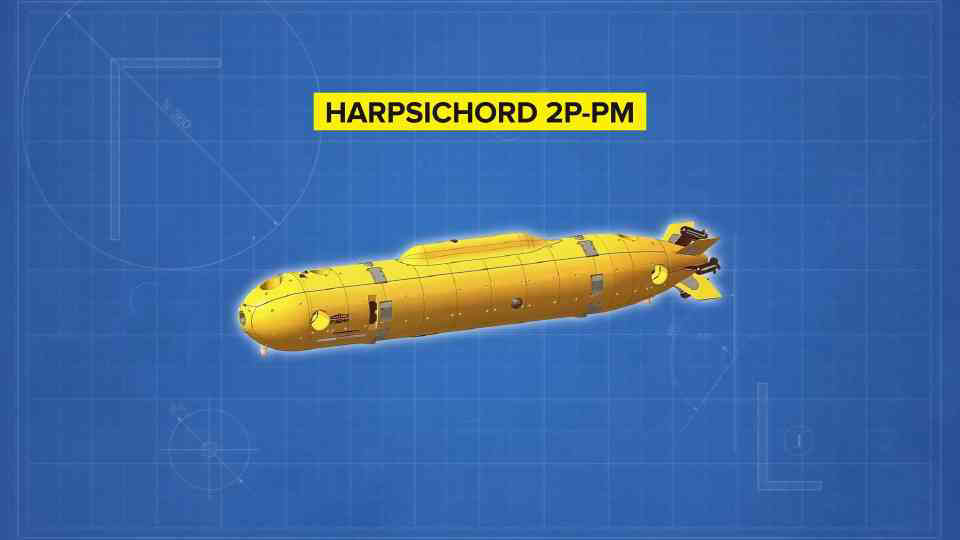
The timing of this disaster couldn’t be worse for the Russian government. Amid ongoing conflicts, economic sanctions, and a tightening grip on domestic dissent, the Kremlin has leaned heavily on displays of military might to project strength both internally and externally. The failure of its flagship missile undercuts this image and exposes vulnerabilities.
Furthermore, the explosion may fuel dissent among Russia’s defense critics and technocrats who have long warned about over-promising and under-delivering when it comes to military technology. It may also invite scrutiny from the international community, particularly watchdog organizations monitoring nuclear development and arms treaties.
Global Reactions and Concerns
International response to the explosion has been mixed, with Western analysts seeing it as a sign of overreach while others express concern about the safety risks such tests pose to nearby regions and global stability. Environmental groups have also voiced alarm, especially if radioactive material was released into the atmosphere.
The United Nations and other international arms control bodies may use this incident as a springboard to push for renewed dialogue on nuclear safety, transparency, and disarmament. For years, treaties like New START have helped contain the proliferation of such devastating weapons, but recent tensions have put those agreements in jeopardy.
What Lies Ahead?
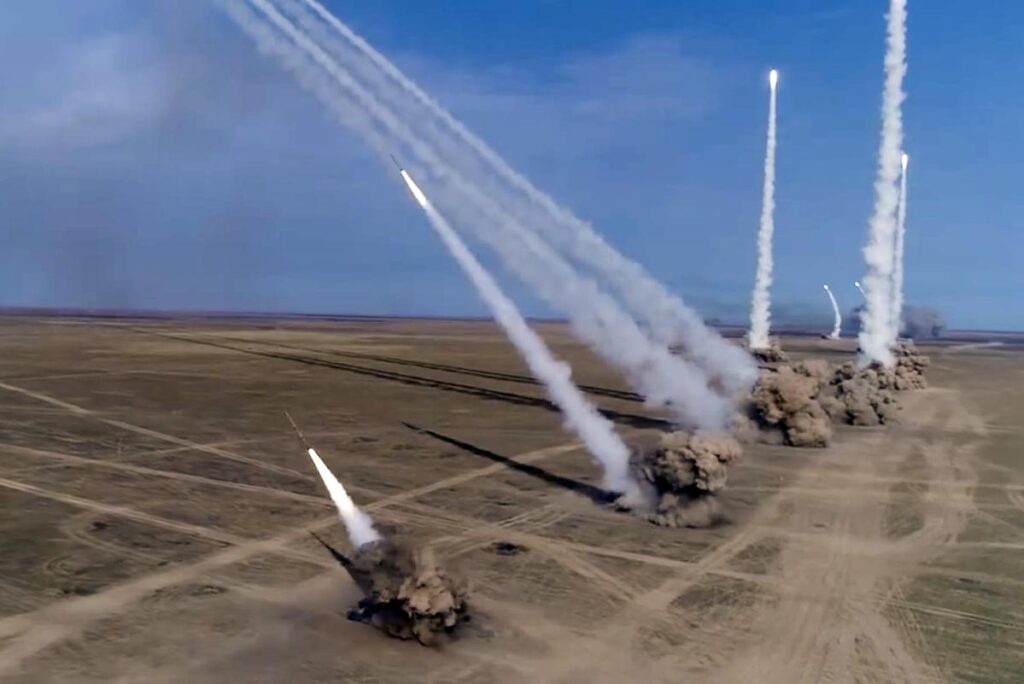
The failed test of Russia’s doomsday missile leaves a cloud of uncertainty hanging over the future of strategic weapons development. Will Russia double down on its military ambitions, or will this force a pause for introspection and recalibration? Will it provoke a new wave of arms escalation between superpowers, or serve as a cautionary tale about the dangers of unchecked militarism?
Only time will tell. What is clear, however, is that the pursuit of world-ending weaponry comes with immense risk—technological, political, and humanitarian. The catastrophic explosion of Russia’s most powerful missile serves as a stark reminder of the fine line nations walk when developing tools of ultimate destruction.
